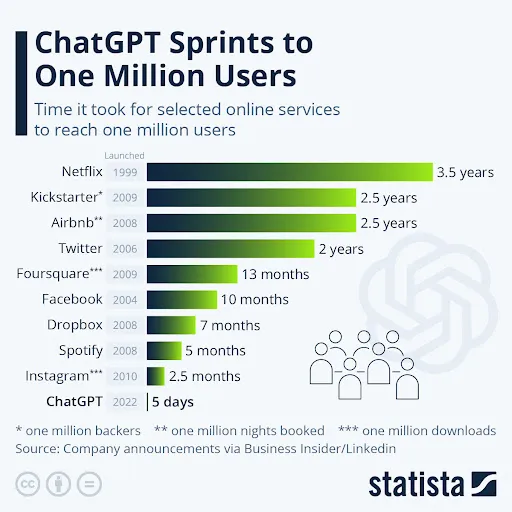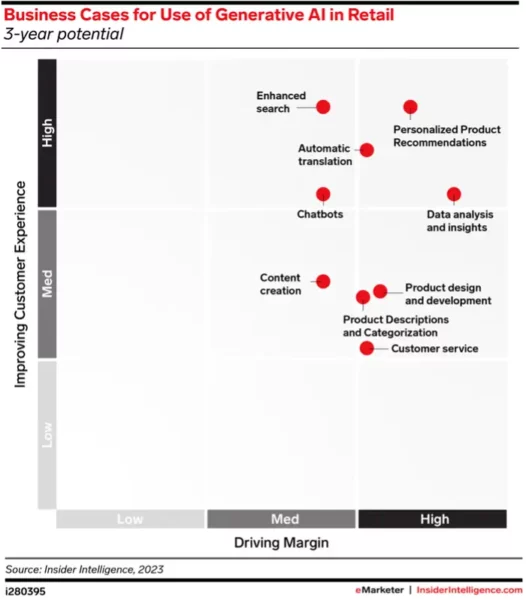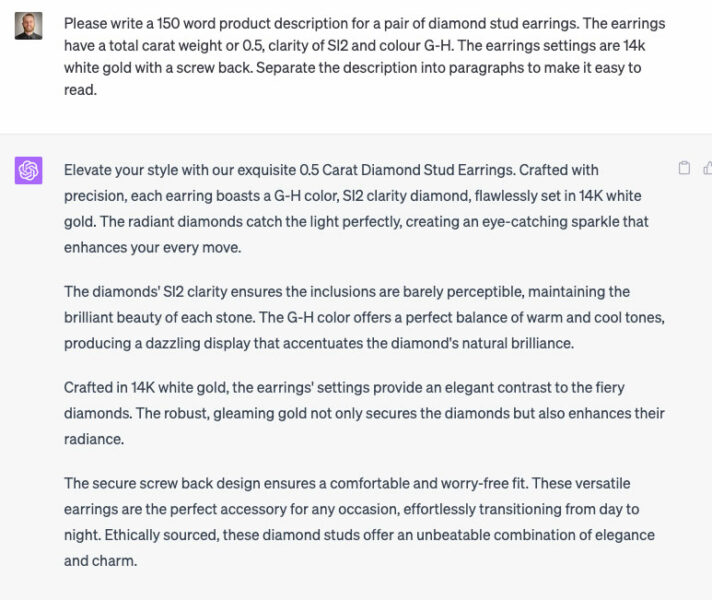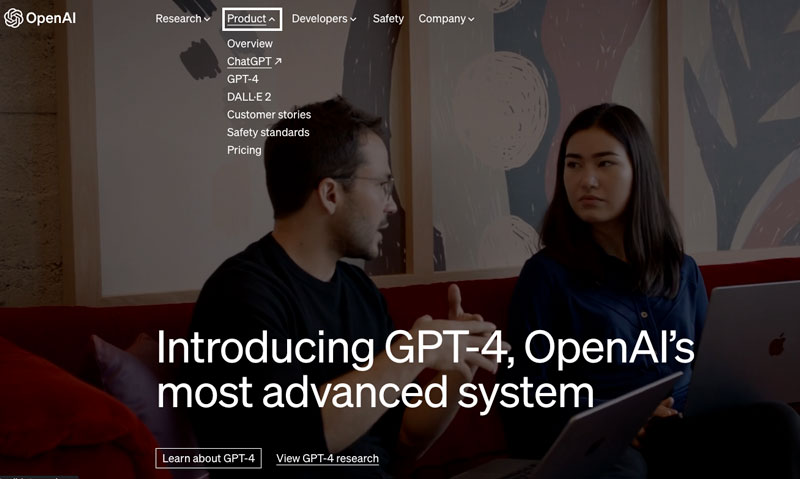In the rapidly evolving world of retail, artificial intelligence (AI) is no longer a futuristic concept but a transformative business tool.
As UK jewellers navigate the digital age, one AI tool stands out for its potential to revolutionise the industry: ChatGPT.
Developed by OpenAI, this AI language model presents a multitude of opportunities to enhance customer service, personalise marketing efforts, optimise supply chains, and more, all tailored specifically to the unique demands of the jewellery sector.
In this article, we’ll take a look at some practical applications of ChatGPT for UK jewellers and explore how this cutting-edge technology can be integrated seamlessly into existing workflows to maximise business efficiency and customer satisfaction.
Firstly, what is ChatGPT?
ChatGPT is a highly advanced artificial intelligence (AI) tool developed by OpenAI. It’s primarily a chatbot, which means it can converse with users in a way that feels very human-like. However, it’s also much more than that.
At its core, ChatGPT is based on a model called GPT (Generative Pretrained Transformer), which essentially means it was pre-trained on a vast amount of text data, including textbooks, websites, published papers, and various articles. This pre-training allows the AI to generate human-like text based on the input it receives.
One of the key features of ChatGPT is its natural language processing ability. This means it can “understand” or process human language inputs in a conversational manner. For example, if you ask it a question or give it a prompt, it can respond in a way that is both relevant and coherent. It can generate an essay on a given topic, write a business plan, answer questions, and much more.
ChatGPT by the numbers:
Since its public release in November 2022, ChatGPT has taken the world by storm, setting a record for the fastest user adoption for a software when it garnered 1 million users in 5 days and 100 million active users just two months post-launch.

While the uptake of the technology is impressive, businesses are still in the early stages of understanding how it can practically be integrated.
Business cases of Generative AI in retail
According to a new report by Insider Intelligence, the most viable and valuable use cases are believed to be chatbots, product descriptions, personalised product recommendations, content creation, automatic translation, data analysis, and product development.

But what could this actually look like for jewellers?
How can ChatGPT be used by jewellers?
- Shopping assistants: E-commerce platform providers like Shopify and Instacart are currently working on incorporating ChatGPT into chatbots for shopping assistance. By integrating ChatGPT with customer data, a jewellery retailer could provide personalised recommendations to their customers e.g. if a customer has been browsing diamond engagement rings, the AI could send them an email or pop up a chat suggesting various options, answering questions about diamond clarity or offering advice on ring sizing.
- Customer Service: ChatGPT could be programmed to answer common customer service inquiries, such as store hours, return policies, or information about specific pieces of jewellery. This could save human customer service representatives time and allow them to focus on more complex inquiries.
- Content Creation: Writing product descriptions or social media posts can be time-consuming. ChatGPT could be used to generate engaging and detailed product descriptions or social media content, showcasing the jewellery in a compelling way, for example:

- Language Translation: If the retailer sells to customers who speak different languages, ChatGPT could assist in translating product descriptions, customer communications, or even live chat conversations, helping to reach a broader customer base.
- Fraud Detection: By analysing customer behaviour and transactions, ChatGPT could identify potential fraudulent activity, helping to protect both the retailer and the customers.
- Training and Education: For larger retailers, ChatGPT could be used to create training materials or to provide ongoing education to staff about new products, trends in the jewellery industry, or company policies and procedures.
- Voice Assistance Integration: With the growing trend of voice-enabled shopping experiences, ChatGPT could be integrated with voice assistants like Amazon Alexa and Google Assistant. This would allow customers to ask about product details, place orders, or track their deliveries using voice commands.
Limitations of ChatGPT
As a relatively new technology, ChatGPT does have some drawbacks, and it remains to be seen how easily it will be able to overcome these.
While ChatGPT can mimic human-like conversation, it doesn’t possess emotional intelligence. It may not fully comprehend the emotional tone of a customer’s message or respond with the same level of empathy and understanding as a human would, which can be crucial in customer service situations especially with an emotionally-charged purchase like an engagement ring.
Chat GPT can also get confused when answering complex enquiries. While it is great at handling common and straightforward customer queries, providing a recommendation on the best way to balance a diamond ring buyer’s budget and their desire for an impressive looking ring that doesn’t have any obvious inclusions is likely to be beyond it.
It’s important to remember that while AI tools like ChatGPT can be useful, they’re currently best suited as a complement to your staff, rather than as a complete replacement.
Intrigued? Here’s how to get started
If you’d like to dip your toe in and give ChatGPT a try, a good way to get a feel for how it works is to ask it to help you write some product descriptions.
First, sign up on the OpenAI website. ChatGPT is located under the ‘Product’ menu.

Start by giving ChatGPT a few product details and ask it to create descriptions.
For instance, your command could be, “Write a product description for a 14-carat gold necklace featuring a heart-shaped pendant adorned with diamonds.”
If the first output doesn’t quite hit the mark, don’t worry – you can refine it to make your instruction more precise. If you want the description to portray a romantic vibe, you could tweak your command to, “Create a romantic product description for a 14-carat gold necklace with a diamond-encrusted heart-shaped pendant, an ideal anniversary gift.”
It’s best at the moment to consider ChatGPT’s output as first draft and then edit it to match your needs. Even though the AI is quite sophisticated, it might not always grasp the distinctive voice of your brand or the specific nuances of your product.
Once you feel comfortable using ChatGPT for product descriptions, think about gradually broadening its responsibilities. This could include generating engaging social media content, addressing frequently asked customer questions, or even producing blog articles for your website.





